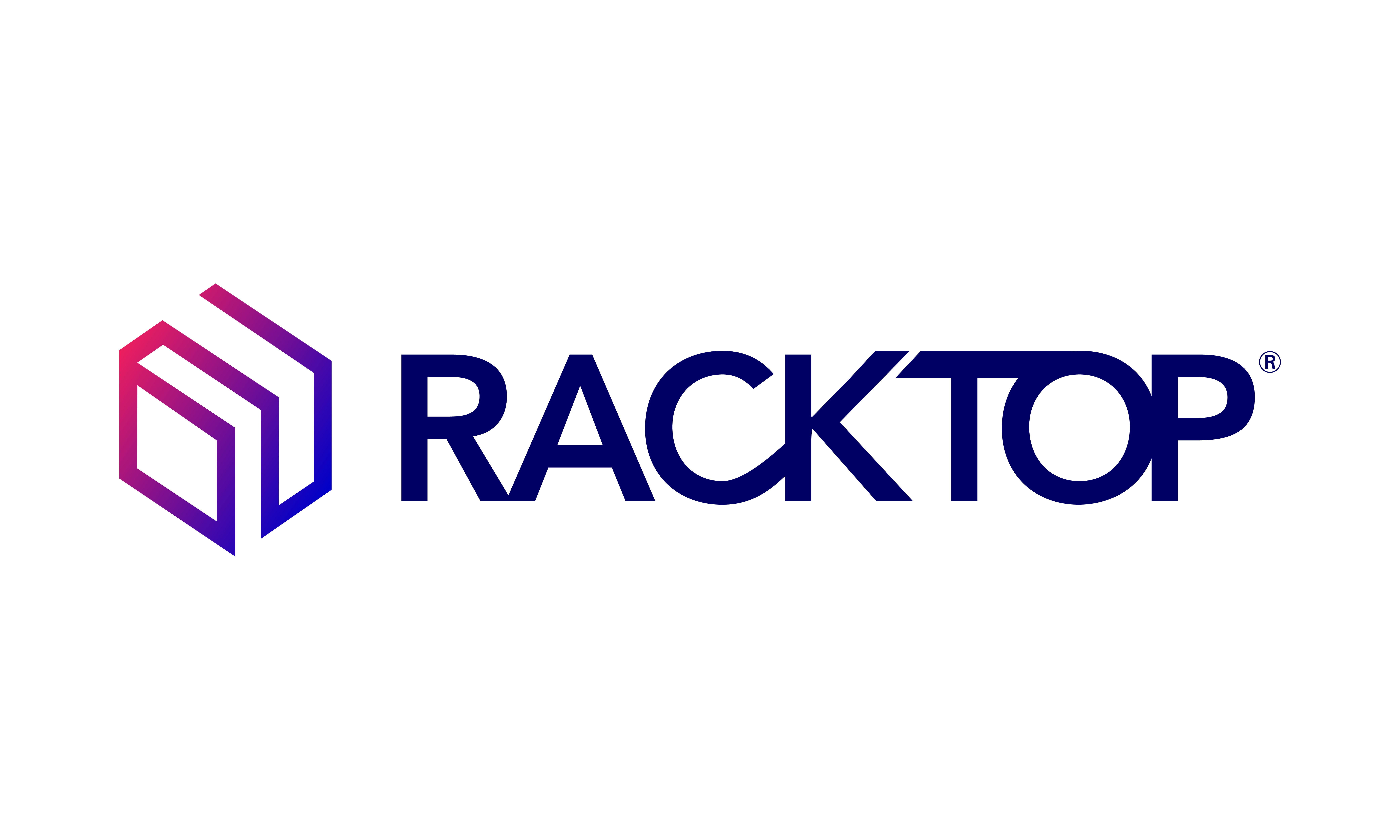- Year of CyberConvergence. 2019 will be the year of CyberConvergence where people begin to recognize that embedding security into a complete data security solution vs. bolting it on creates a more secure, cost effective, and easier to manage solution. It is the only way to address data security. Converged solutions revolutionize industries. The iPhone converged mobile computing, telephones and cameras and the world has never been the same.
- Encryption for Data-at-Rest adds value, not just for compliance. People have been worried about data privacy and have moved to ensure their communications have been encrypted with SSL but there is a surge in movement to encrypt data-at-rest with FIPS validated encryption. The big driver is regulation and associated fines for data exposure.
- Focus on security beyond the network. When people think about cybersecurity or look at Gartner Magic Quadrants, they are saturated with network security solutions like firewalls, intrusion detection and client endpoint solutions. However, they aren’t focused on the center or the heart of the data center.
- FPGAs will become a conversation piece like GPUs for Artificial Intelligence. Analysts and architects are going to realize that FPGAs can be more cost effective and power efficient for several tasks within the AIML activities including inferencing, computer vision and search.
- Cloud Rebalance. A lot of organizations are recognizing they aren’t getting the savings they expected from cloud solutions with perpetual monthly bills. There will be a hybrid cloud shift from a heavy cloud footprint to a heavier on premises footprint. People will by no means abandon the cloud, but they will use a better strategy for determining what workloads should go to the cloud and what workloads should be on company owned infrastructure.
- Compliance Bites. Nobody Likes an audit and in the age of continuous compliance organizations need a new way to show they comply and answer audit requests in a way that doesn’t require days of IT staff. Organizations will begin to spend on technology solutions that monitor compliance for them and enable quick reporting to satisfy internal and external audit requirements.
- Blockchain will find a place but it is going to be for international consortiums. Blockchain has a few interesting features to it but the most valuable feature is distributed trust. Given the current environment and state of blockchain technologies it makes the most sense to be used with critical data shared among a group with limited trust. So, if you look across what groups are most likely to implement this it is an international consortium or group of governments where they need to share or collaborate but have limited trust bilaterally. An example would be the supply chain for regulated materials.
- More nation state sponsored cyber-attacks on commercial entities in pursuit of their national goals. Countries are training armies of cyber warriors just like they train elite special forces to operate behind enemy lines. It is hard for people not involved with this to imagine it because unlike traditional soldiers they don’t have parades to show off force and they never have to enter a physical battlefield where they can be captured. Stealing data on technology plans and people is a strategic goal of countries looking to advance their capabilities.
- At least one more big supply chain story like the Bloomberg Supermicro story. Heightened awareness will cause people to recognize these supply chain anomalies and put more detection programs followed by supply chain mitigation programs.

